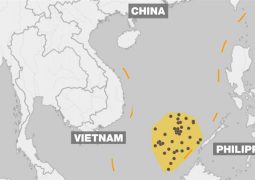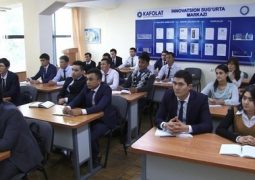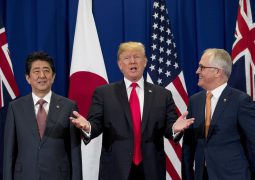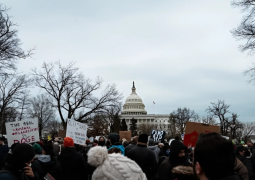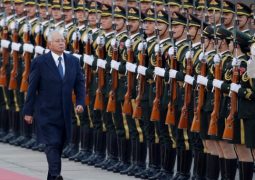Chinese Admiral: Solve South China Sea Dispute By Sinking Navy Aircraft Carriers
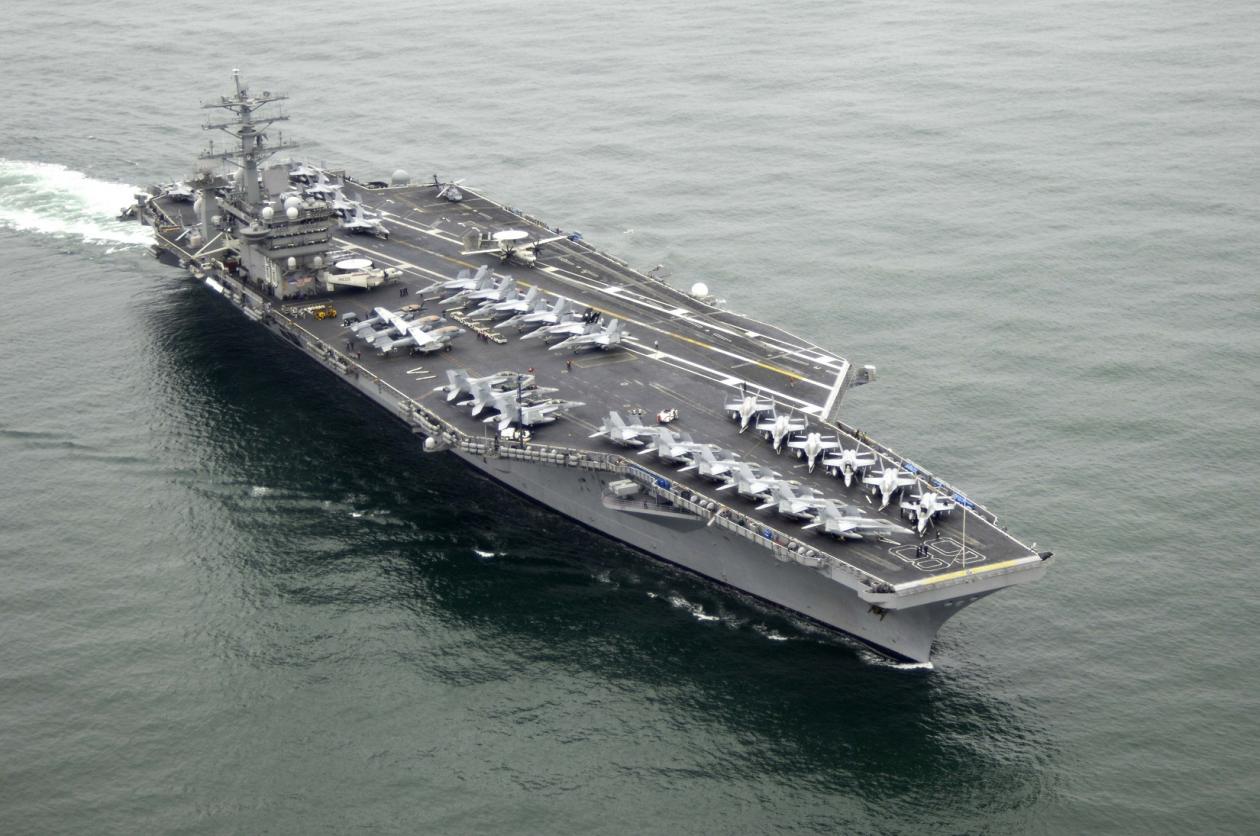
Chinese Admiral: Solve South China Sea Dispute By Sinking Navy Aircraft Carriers
That means war?
Rear Admiral Lou Yuan, deputy head of the Chinese Academy of Military Sciences, has told an audience in Shenzhen that the ongoing disputes over the ownership of the East and South China Seas could be resolved by sinking two U.S. Navy aircraft carriers.
Admiral Lou gave a wide-ranging speech on the state of Sino-U.S. relations. As reported by New Zealand Herald, the high-profile, hawkish military commentator reportedly declared the current trade spat was “definitely not simply friction over economics and trade,” but was instead a “prime strategic issue”.
His speech, delivered on Dec. 20 to the 2018 Military Industry List summit, declared that China’s new and highly capable anti-ship ballistic and cruise missiles were more than capable of hitting U.S. Navy carriers, despite them being at the centre of a ‘bubble’ of defensive escorts.
“What the United States fears the most is taking casualties,” Admiral Lou declared.
He said the loss of one super carrier would cost the U.S. the lives of 5000 service men and women. Sinking two would double that toll.
“We’ll see how frightened America is.”
In his speech, he said there were ‘five cornerstones of the United States’ open to exploitation: their military, their money, their talent, their voting system — and their fear of adversaries.
Admiral Lou, who holds an academic military rank — not a service role — said China should “use its strength to attack the enemy’s shortcomings. Attack wherever the enemy is afraid of being hit. Wherever the enemy is weak …”
The U.S. Navy 10 Nimitz-class aircraft carriers, USS Nimitz (CVN 68), USS Dwight D. Eisenhower (CVN 69), USS Carl Vinson (CVN 70), USS Theodore Roosevelt (CVN 71), USS Abraham Lincoln (CVN 72), USS George Washington (CVN 73), USS John C. Stennis (CVN 74), USS Harry S. Truman (CVN 75), USS Ronald Reagan (CVN 76) and USS George H.W. Bush (CVN 77), are the largest warships in the world, each designed for an approximately 50-year service life with just a single mid-life refueling. The next generation of aircraft carrier, the Gerald R. Ford-class (CVN 78) was ordered in September 2008 as the force structure replacement for USS Enterprise (CVN 65), which inactivated in 2012.
The typical air wing aboard a U.S. Navy aircraft carrier consists of:
• Four Strike Fighter (VFA) Squadrons, with twelve F/A-18E/F Super Hornets each.
• One Electronic Attack (VAQ) Squadron, made up of five EA-18G Growlers.
• One Carrier Airborne Early Warning (VAW) Squadron, with four E-2C Hawkeyes or five E-2D “Advanced” Hawkeyes.
• One Helicopter Sea Combat (HSC) Squadron of eight MH-60S Seahawks.
• One Helicopter Maritime Strike (HSM) Squadron of eleven MH-60R Seahawks, 3–5 of which are typically based in detachments on other ships of the carrier strike group.
• A Fleet Logistics Support (VRC) Squadron Detachment of two C-2A Greyhounds.
This first appeared in Aviation Geek Club




